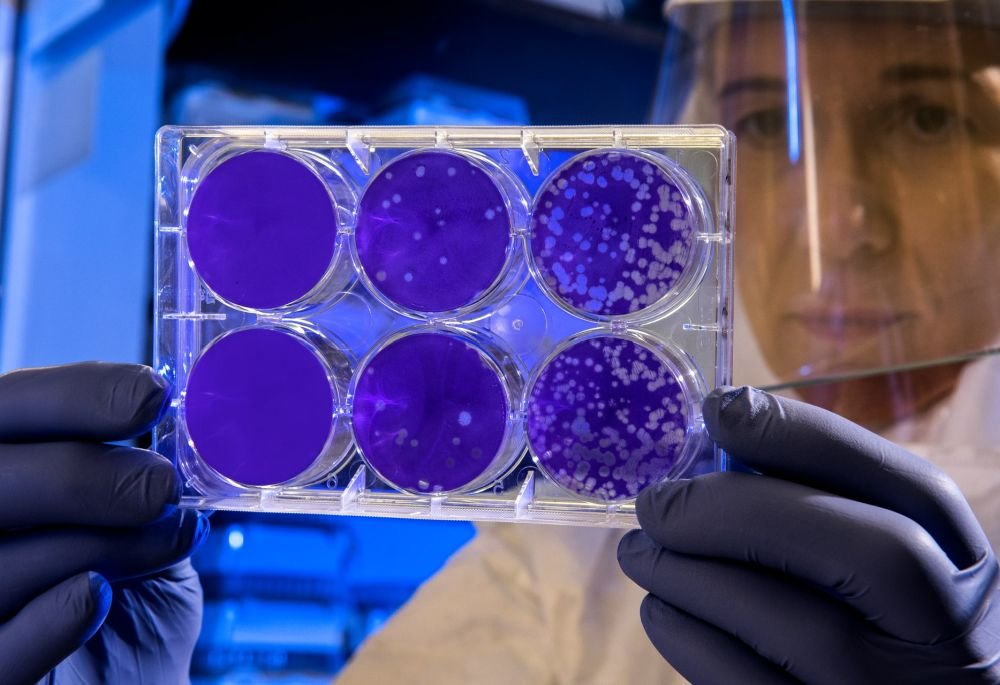
Stem cell research has helped better explain the extremely rare hereditary disease Wiskott-Aldrich syndrome. Scientists have received clues at the molecular level that could theoretically develop new treatments for this highly immune-damaging condition.
One in every 100,000 children has Wiskott-Aldrich syndrome, which causes frequent bleeding and infections. This is a severe immunodeficiency that increases the risk of life-threatening inflammatory diseases and certain types of tumors. Science has known for nearly 30 years that mutations in the WAS gene, which codes for the Wiskott-Aldrich syndrome protein, cause an immune abnormality. However, the exact functions of this protein remained undetermined for a long time.
A rare syndrome can stop a man's heart at any second
So researchers from California have developed a panel of induced pluripotent stem cells from immunocompromised patients. They also used a gene-editing program to either correct the patients' mutational error or remove the entire WAS gene, resulting in the first paired stem cell lines that matched in every way except the sequence of their WAS gene.
A rare syndrome only affects girls
These are powerful models that can help understand the functions of the WAS gene and the disease mechanisms of Wiskott-Aldrich syndrome at the cellular level. Technically, they provide an opportunity to start developing new drugs for this insidious syndrome, which, unfortunately, is still incurable. (READ MORE)
